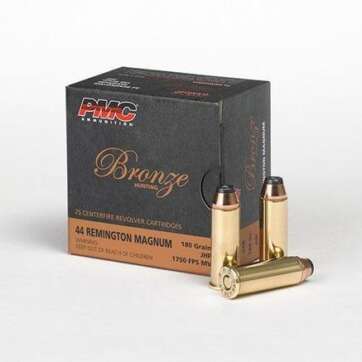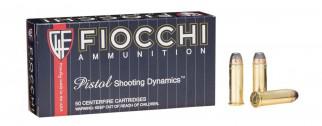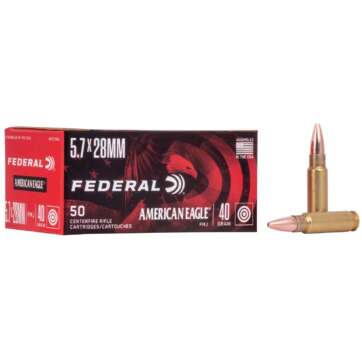40S&W Ammo
Showing all 4 results
-
The .40 S&W Cartridge
The .40 S&W cartridge has no rim and is a condensed 10mm Auto. The .40 S&W is precisely what the FBI was looking for the ballistic capabilities of the 10mm Auto in a more compact form. The .40 S&W preserves many of the qualities of the 10mm Auto, with the exception of the case and cartridge’s lengths, which were reduced for retrofitting. Note that the two rounds are not interchangeable, especially not in a weapon that fires semi-automatically. When pressure builds up around the cartridge, those minute fractions of an inch make a huge difference.
Pros and Cons of the .40 S&W
Generally, the.40 caliber is enjoyable to fire; however, there have been reports and some proof of problems resulting from over-pressurization. The ammunition is reasonably priced and has a milder recoil than other cartridges with a 10mm diameter. However, remember that a service cartridge was initially used for it. Other than that, there aren’t many applications for it. The round can be too pricey for hunting and inefficient for target practice.
The heavier round means that it won’t fly as quickly as, say, a 9mm. But once more, it’s perfectly adequate for self-defense. It can halt and move quickly enough to reach any target within a fair distance. For most armed encounters, a.40 S&W’s effective range is more than sufficient. It all depends on how skilled the shooter is.





